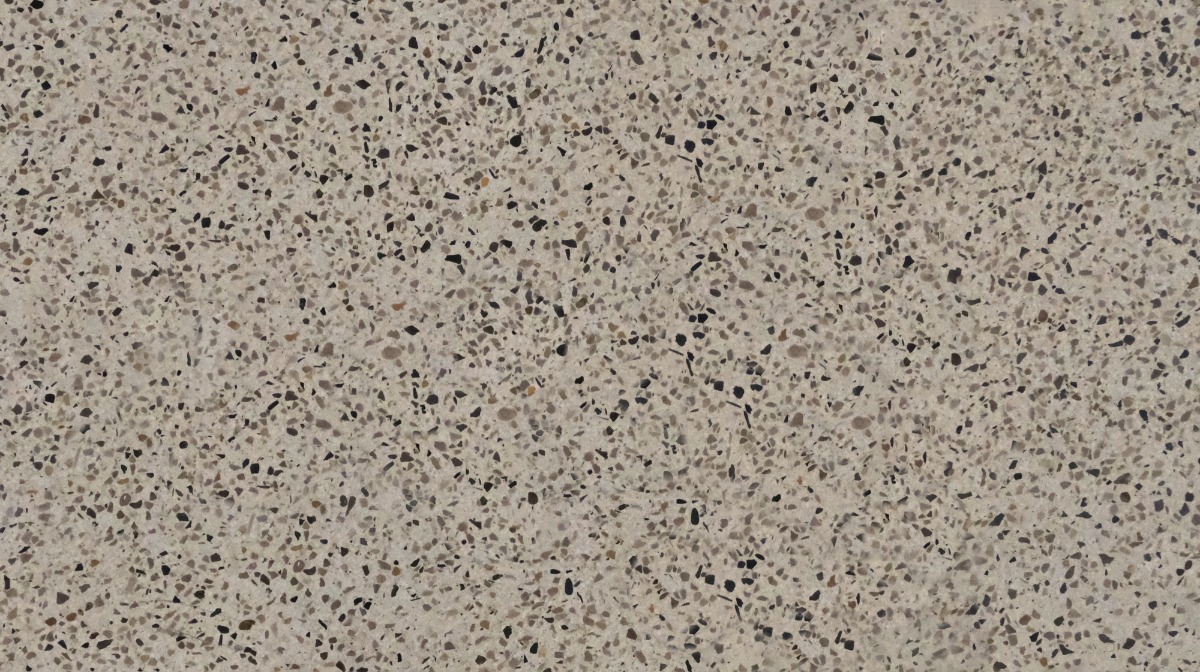Forest Vinyl
Category
Surfaces
Width
83.3 in
Download
Edit
Vinyl is a man-made texture created by mixing ethylene and chlorine, normally extracted from oil and salt respectively, to create the malleable resin powder PolyVinyl Chloride (PVC), to which colours, dyes and other additives can be mixed to create a variety of patterns, colour schemes and strengths through a compounding process. First discovered in the 1920’s, its versatile nature and cost efficient manufacturing process have helped it become one of the most popular plastic-resin products in use. Due to its versatility, it is widely used in medical products and as a finish, trim or to insulate wires and cables in vehicles. This particular vinyl texture can be found in flooring, mats, walls and kitchen and bathroom coverings. It is extremely durable and resistant to moisture, making it well suited to high traffic, humid or wet environments. This same hard-wearing nature means it is also easily recycled, requiring less crude oil to create a replacement.
The wide variety of finish types, colours, flexibility/stiffness and transparency levels and low cost production make it a popular alternative to natural materials and allow it to be utilised in a wide variety of domestic and commercial environments. This particularly intense, deep-tone, greyscale texture has a grey-brown hue with black, brown, grey and sand coloured medium and large flakes densely laid into a sandy-grey background layer.
This image is a seamless surfaces texture with a forest vinyl surface. Seamless textures can be tiled repeatedly across a surface without visible seams making them useful for architectural drawings and 3D models. This image can be used as a SketchUp texture, Revit material or imported into Photoshop for use in 2D illustrations. A high resolution version of this texture is available, as well as CAD hatches and PBR maps with Architextures Pro.
This image is a seamless surfaces texture with a forest vinyl surface. Seamless textures can be tiled repeatedly across a surface without visible seams making them useful for architectural drawings and 3D models. This image can be used as a SketchUp texture, Revit material or imported into Photoshop for use in 2D illustrations. A high resolution version of this texture is available, as well as CAD hatches and PBR maps with Architextures Pro.


